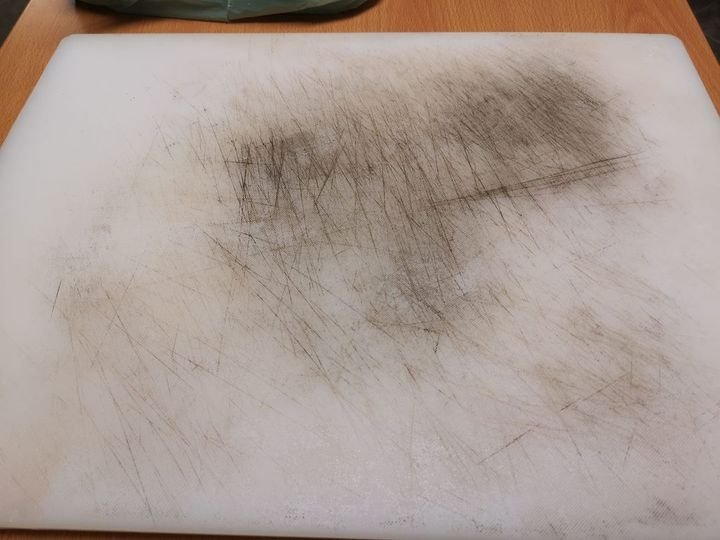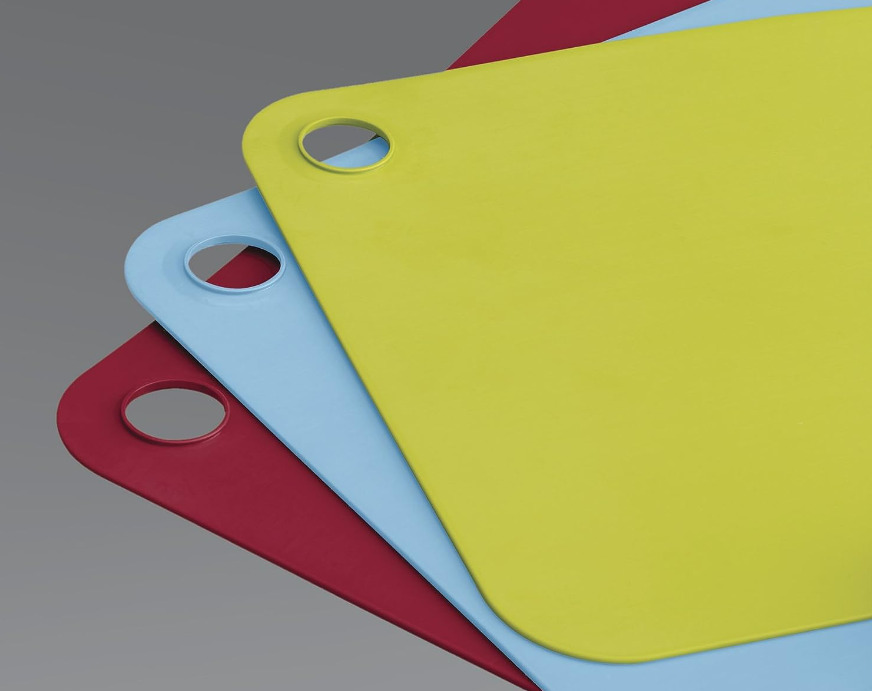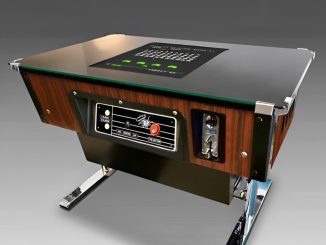Daily Cleaning Routine: Dish Soap and Hot Water
A straightforward and effective method involves using dish soap and hot water after each use. Rinse your cutting board, apply a few drops of dish soap, and scrub with a brush or cloth. Thoroughly rinse with hot water to remove food residue and bacteria, keeping your cutting board fresh and ready for the next task.

Natural Disinfectant: Tea Tree Oil Spray
Harness the antibacterial properties of tea tree oil by creating a simple spray. Mix a teaspoon of tea tree oil with a cup of water in a spray bottle. After washing with dish soap and hot water, spray the mixture on your cutting board and allow it to air dry. This step enhances disinfection while imparting a natural, pleasant scent.
Tough Stain Remover: Hydrogen Peroxide and Baking Soda Paste
For stubborn stains and persistent odors, combine equal parts of baking soda and hydrogen peroxide to form a paste. Apply this paste to the affected areas, scrub gently, and let it sit briefly before rinsing with hot water. This powerful combination effectively removes tough stains, restoring your cutting board’s pristine appearance.
Fresh and Zesty Scrub: Lemon Juice and Salt
For a refreshing, natural clean, use a lemon and salt scrub. Sprinkle salt over your cutting board, then use a halved lemon to scrub the surface, squeezing juice as you scrub. The lemon’s acidity and salt’s abrasiveness work together to disinfect, deodorize, and clean your cutting board effectively.
Classic Cleaner: White Vinegar and Water Solution
White vinegar is a versatile and effective cleaner for plastic cutting boards. Mix equal parts of vinegar and water in a spray bottle. After washing with dish soap, spray the solution onto your cutting board and let it sit briefly before rinsing with hot water. White vinegar cleans, disinfects, and neutralizes odors, leaving your board fresh and ready to use.

Regular Sanitization Practices
Maintain cleanliness by sanitizing your cutting board regularly, especially after cutting raw meat or poultry. Use any of the mentioned solutions or simply run the board through a dishwasher if it’s dishwasher-safe. Consistent sanitization ensures a hygienic surface for preparing food.
Conclusion
Plastic cutting boards are indispensable kitchen tools, valued for their durability and ease of maintenance. To preserve their functionality and hygiene, incorporate these cleaning methods into your routine. Whether using everyday items like dish soap or natural solutions such as tea tree oil and lemon juice, these practices will keep your cutting board clean and safe for all your culinary endeavors. Adopt these tips to ensure your cutting board remains a reliable companion in your kitchen adventures.


